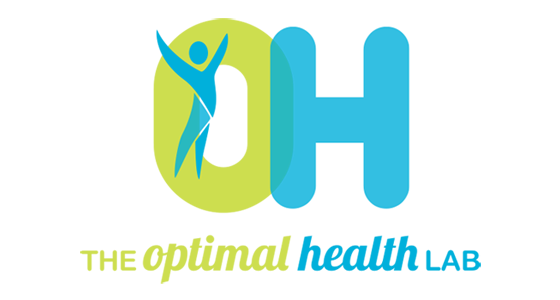Gastrocnemius tears are a type of calf tear that can cause significant pain and discomfort in the upper area of your calf closer to the surface. This information sheet aims to inform the reader of the causes, symptoms, and effective treatment options for gastrocnemius tears. By understanding this common injury, individuals can take appropriate steps towards a full recovery.
Gastrocnemius tears often happen during activities like sprinting, jumping, or sudden changes of direction, but they can also happen in pushing off awkwardly when walking quickly or stepping down a step weirdly. These activities can put excessive stress on the calf muscles, leading to partial or complete tears in the gastrocnemius muscle belly. Additionally, inadequate warm-up, poor training load management (aka: not being strong enough or engage in enough recovery in your chosen activity), improper footwear, unaccustomed activities and poor lower limb strength can increase the risk of such injuries.
When a gastrocnemius tear occurs, individuals may experience sharp pain in the back of the calf, accompanied by swelling, bruising, and difficulty walking or bearing weight. Interestingly, they often report feeling as if someone kicked them in the back of the leg. Some individuals may also notice a popping sensation at the time of injury. It is crucial to seek physiotherapy attention promptly if any of these symptoms are present to ensure an accurate diagnosis and appropriate treatment.
Assessment of this injury is most commonly a clinical diagnosis by an OHL Physiotherapist, but occasionally we need imaging, like an ultrasound or MRI, to help finalise the diagnosis. During our assessment we are also assessing for associated injuries to this region, like a soleus tear, tibilias posterior tear, injury to the aponeurosis, injury to the lower portion of the hamstring, referral pain from the knee or lumbar spine and/or a bone stress injury.
Treatment for gastrocnemius tears typically involves a progressive physiotherapy rehabilitation story. Initially, protection, elevation, avoiding anti-inflammatories and compression is recommended to reduce pain and swelling and guide the rehab process. Using crutches may be suggested in severe cases. Physiotherapy is an integral part of the recovery process from the earlier stage through to the late preventative stages, when we guide you through the reloading exercises related to ‘strength and length’ and through to higher level activities like jump, land, hop and return to sport.
Gastrocnemius tears can be painful and disruptive, but with proper diagnosis and treatment, individuals can achieve a full recovery. Early intervention, adequate rest, and a structured rehabilitation program can help individuals regain their strength and return to their normal activities. If you are worried you’ve torn your calf, please reach out to our team on 9431 5955 or you can book to see an OHL Physiotherapist via our Client Portal on our website.
